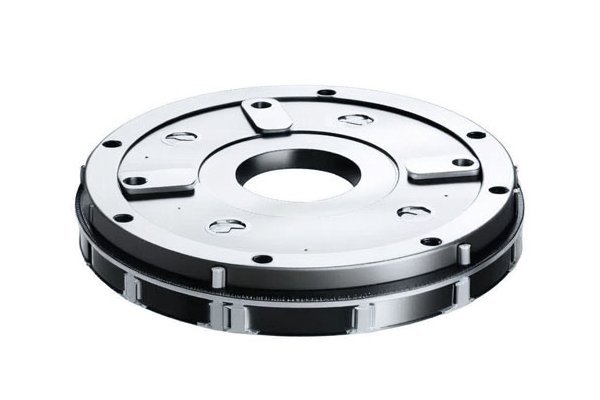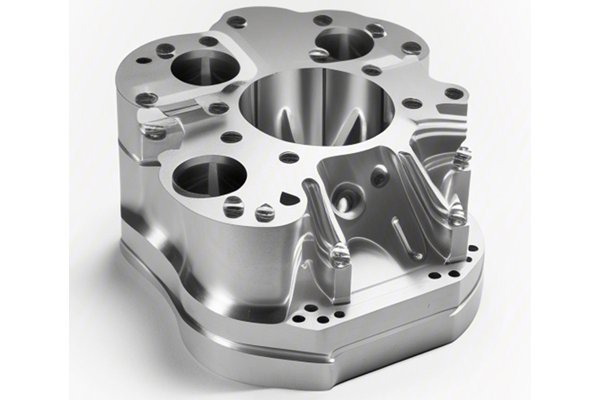Opening:
Did you know that in precision engineering, the smallest discrepancy in compression ratios can lead to catastrophic failure in mechanical systems? In fact, studies show that a mere 1% variation in compression ratio can significantly affect performance efficiency. For industries relying on CNC (computer numerical control) machining, understanding how to control this metric is crucial.
This blog delves into the importance of maintaining strict compression ratios in CNC machining, providing strategies and tools to ensure that every part is manufactured to exact design specifications—because precision is the difference between excellence and failure in engineering.
Understanding Compression Ratio:
The term “compression ratio” refers to the ratio of the maximum to minimum volume in a cylinder, often used in engines and similar mechanical systems. However, in the context of CNC machining, it translates to ensuring that manufactured parts fit seamlessly within their intended assembly without any alteration to the operational efficiency.
A well-defined compression ratio is vital for various industries where gas or fluid movement occurs, such as automotive or aerospace. If components operate outside their intended compression ratio, they may lead to failure—ranging from decreased performance to damage of surrounding parts.
Factors Affecting Compression Ratios in CNC Machining:
There are several reasons compression ratios may stray from design specifications during the CNC machining process:
Strategies to Ensure Accurate Compression Ratios:
Now that we understand the essential nature of compression ratios and the factors that can affect them, we can explore effective strategies to maintain the required specifications:

Tech Innovations in CNC Machining for Better Compression Ratios:
As technology advances, so do the tools and techniques available for CNC machining.
:
In summary, navigating the challenges surrounding the compression ratios in CNC machining is critical for ensuring the quality and reliability of manufactured parts. Factors such as material properties, tool wear, machine calibration, and software settings all play pivotal roles in either maintaining or deviating from design specifications.
Addressing these variables through smart strategies such as regular maintenance, advanced software utilization, in-process measurement, and rigorous quality control is non-negotiable. Moreover, embracing technology in the forms of IoT, AI, and advanced simulation can pave the way for future innovations in machining.
Training staff and establishing a feedback loop to continuously improve practices will also solidify an organization’s ability to meet its design specifications consistently.
As we’ve explored, the importance of maintaining accurate compression ratios in CNC machining cannot be overstated. It is a fundamental aspect of producing high-quality components that perform reliably and efficiently. Keeping these insights in mind will not only help engineers and manufacturers optimize their processes but will also contribute significantly to the safety and longevity of their mechanical systems. This topic is not just worth thinking about; it is a vital consideration for any efficient and effective production operation.
Related Posts
- How to Choose the Right CNC Machining Equipment to Optimize Production Efficiency?
- What Are the Key Differences Between Aluminum Alloy and Copper CNC Machining in Terms of Lightness and Performance?
- What are the reasons for the decline in weldability after steel CNC machining and how to enhance it effectively?






